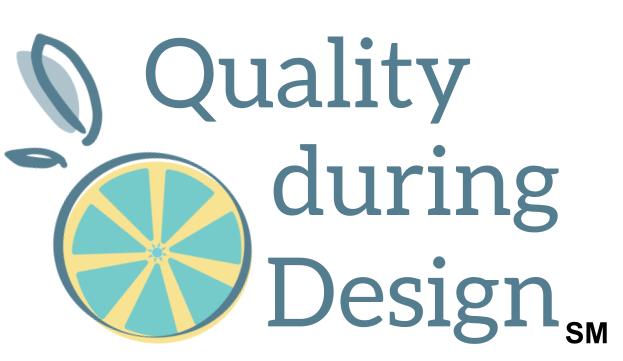If we’re not careful with or ignore failure modes, we can choose the wrong reliability model or statistical distribution. If our product performance is close to the required limits and/or we need a very accurate model, this could be a big problem. We talk about the importance of failure modes and step-through a tensile-test example…
We can use FMEA to help us make risk-based decisions about our product within changing and evolving use environments and scenarios.
When we’re trying to innovate, we can get trapped into the old thinking that the solution has to be out there somewhere. We need to think outside the box to find the solution to a problem. We should stop brainstorming and, instead, think inside the box with Systematic Inventive Thinking. We use systematic approaches to…
HALT (Highly Accelerated Life Test) uses the weakest link mentality. We apply stresses beyond what our designs would normally see in the environment to make something fail. It’s meant to be an iterative test program where you are testing, analyzing the results, determining the root cause, fixing the design, and then testing it, again.
This blog reveals more about its roots, why you should perform HALT (or not), when in the design process it’s best (hint: really early), and who likely needs to be involved. Also understand how HALT is different from ALT.






